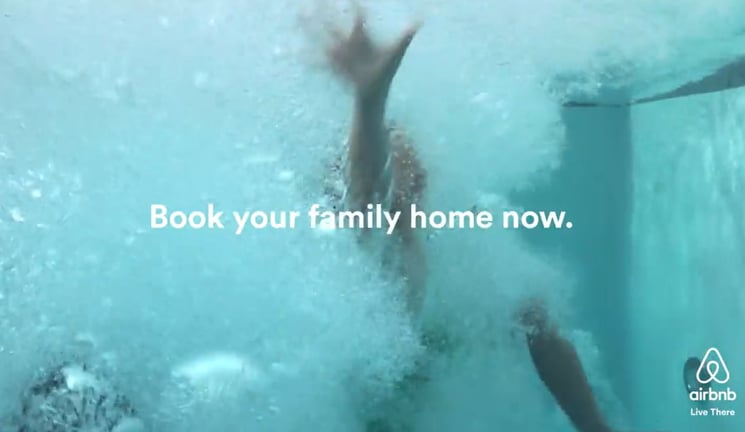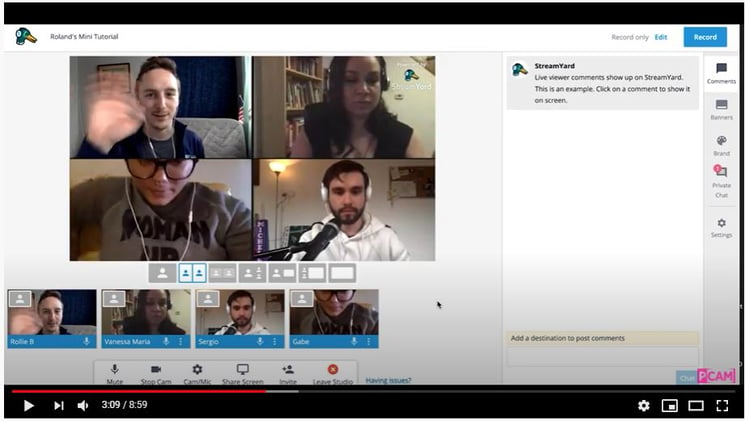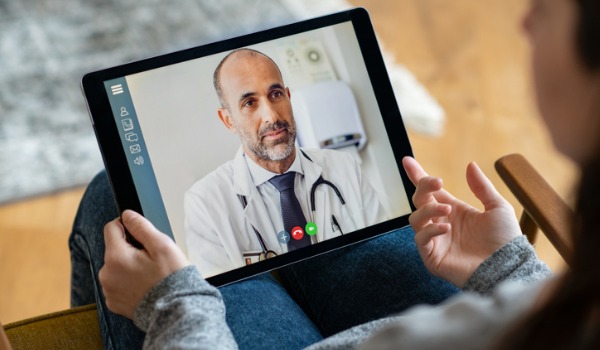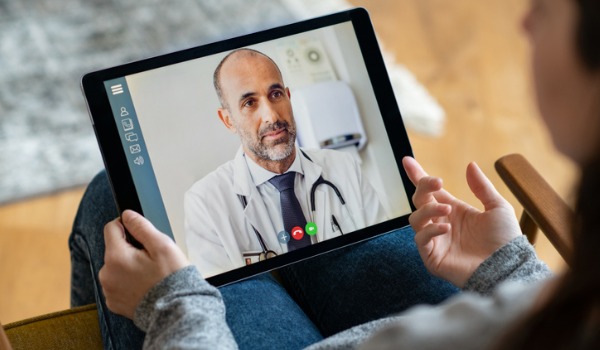People don’t like ads. They never did. Consumers avoid ads in video content with ad blockers, or by skipping ahead and sometimes even paying a premium to avoid video ads completely.


People don’t like ads. They never did. Consumers avoid ads in video content with ad blockers, or by skipping ahead and sometimes even paying a premium to avoid video ads completely.

As new digital opportunities emerge, marketers and agencies will look to how they can adapt and improve their messaging. Livestreaming has been around for years - YouTube Live (2006), Twitch (2011), Periscope (2015), Facebook Watch (2016) - but livestreaming was often limited to the platform where the livestream broadcast was offered and the technical ability of the content creator.
We have all dabbled with online meeting software through the course of the recent pandemic – using platforms like Zoom, Skype and Microsoft Teams.

In March of 2020, many universities made an unprecedented decision to transition to online classes for the rest of the Spring semester. Then orientations, graduations, and summer classes were affected by COVID-19 as well. There is no doubt that this pandemic has changed higher education in a big way. In these uncertain times, students need guidance and reassurance from institutions.

As the Coronavirus pandemic continues to cause shifts in many industries, healthcare is one that is in the center of it all. Hospitals are extremely overcrowded, and primary care has taken a hit. Annual check-ups and elective surgeries are being rescheduled, and many offices have changed hours or even lost personnel. Outcomes can be detrimental if these trends continue, especially for high-need patients.

As I have watched this crisis unfold, I have been keeping a keen eye on the messaging that has been being pushed out though ads, social posts, and marketing emails (occupational hazard). Watching to see what brands have been quick to respond and which have not.


You may have already had the “Cut Back” not “Cut Off” conversation regarding marketing. Assuming it went well and your company has not decided to go completely dark during this unprecedented downturn, you may be considering “What next?” How do I best determine what to cut back on, what to completely stop, and where to pivot budget into? Let Value be your guide.

What’s your new pandemic-era social media routine?
We’ve-always-done-it-that-way might have worked fairly well up to this point. But we're now working in unprecedented times.

Most established organizations recognize the importance of marketing and the effect it has on sales, customer growth and retention, brand awareness, legitimacy ... the list goes on and on. The problem is that effective marketing is not something that is "one and done." It takes time. Time for research, planning, strategy, execution, follow up and time to start all over again in today's ever-changing business environment.
The state of marketing is in constant and rapid flux. There are now more places than ever to spend marketing dollars and the pressure to create campaigns and content to use across all these channels is a real thing. That’s why everyone now talks about “integrated marketing”.

Just a few years ago, brand activation was a phrase most of us had never heard. But as the era of “engagement” dawned in marketing, brand activation became an essential part of any professional’s toolkit.
The equation was simple: replace impressions with experiences to create a stronger relationship and deeper loyalty between the consumer and the brand. In its truest sense, brand activation is the art of driving consumer action through brand interaction. The key aim of brand activation marketing campaigns is to get consumers to act. It’s about bringing brands to life via experiences and forming long-term emotional connections.